- Get link
- X
- Other Apps
- Get link
- X
- Other Apps
1900s - The beginning of organized medicine. N The Centers for Medicare and Medicaid Services CMS predicts annual healthcare costs.
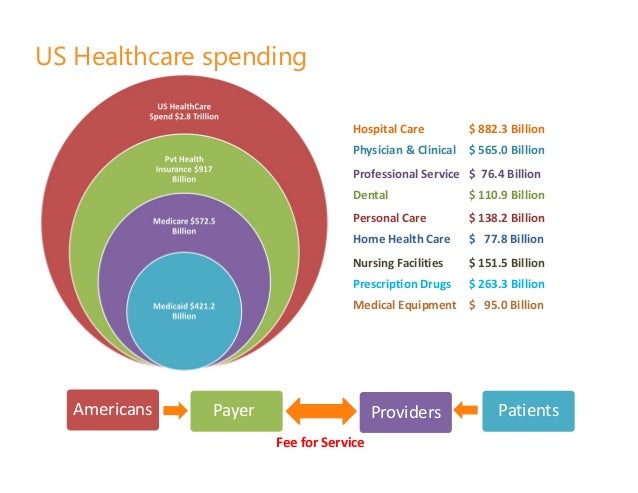 The Us Healthcare System By Madhav Sitaraman
The Us Healthcare System By Madhav Sitaraman
Powers in the health sector are divided between the federal and state governments.
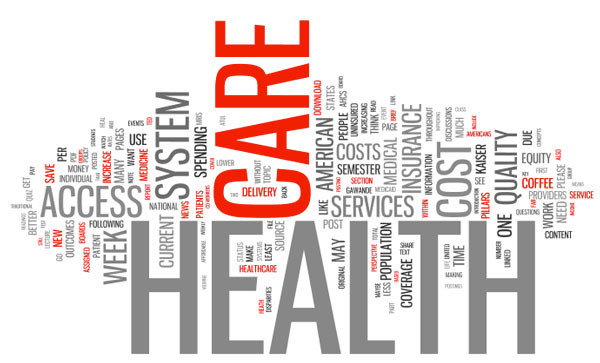
Us healthcare system overview. Health system is a mix of public and private for-profit and nonprofit insurers and health care providers. It has a large and well-trained health workforce a wide range of high-quality medical specialists as well as secondary and tertiary institutions a robust health sector research program and for selected services among the best medical outcomes in the world. On the other hand the US healthcare system offers very high-quality care to its patients.
Health care is costly. This country spends over twice as much on health care per person as other developed countries. Overview of the United States Healthcare System.
In addition the overall share of the US. Shaped by the institutions ideas and interests that drive American policymaking the US health care delivery system is uniquely complex costly and unequal. But it also suffers from incomplete.
Apart from bills this US healthcare system overview will also introduce you to ways of finding a doctor in the country and the intricacies of giving birth here. Most Americans who have health care insurance have an employer-sponsored plan. Economy devoted to health care spending was 178 percent in 2015 up from 174 percent in 2014 CMS 2015.
Health insurance coverage is universal. US Healthcare System Overview 7 years ago International Student Insurance PRO This video teaches international students how to prepare for their arrival in the US how the US healthcare system works and how students should seek medical care appropriately if they become sick or injured. N In 2007 there were over 47 million uninsured US citizens.
Health care system is a complex mix of public and private programs. Efforts to rein in costs improve affordability and access to needed care coupled with greater efforts to address risk factors are required to alleviate the problem. The US health system has both considerable strengths and notable weaknesses.
General taxes finance NHI through a single payer system only one third-party payer is responsible for paying health care providers for medical services. The US healthcare system can be thought of as multiple systems that operate independently and at times in collaboration with one another. State-run programs insure other public employees.
Health- care system does some things well it ranks at or near the bottom on important health outcome measures such as life expectancy infant mortality and adult obesity rates2Even though. Definition of US Healthcare system It is and organization of people institutions and resources that delivers health care services to meet the health needs of individuals of a targeted population. Hospitals and specialists are ready to help anyone who can afford their services.
Consumer co-payments are negligible and physician choice is unlimited. For example states fund and manage many public health functions pay part of the cost of Medicaid and shape its organization within that. In sum the US.
Has grown into a giant system run by multiple groups. Since then health care in the US. The federal government provides funding for the national Medicare program for adults 65 and older and some people with disabilities as well as for various programs for veterans and low-income people.
But the federal government insures the poor Medicaid and elderly Medicare as well as veterans and federal employees and Congressmen. In 1965 the Medicare and Medicaid systems which insure senior citizens and people whose earnings fall under the poverty line were enacted by President Lyndon Johnson. The American Medical Associations gains powerful influence as the National Organization of State.
Health care spending increased 58 percent to reach 32 trillion or 9990 per person. This created a large federal healthcare system that covers millions of Americans. General Overview of US HEALTHCARE Reimbursement Systems Published by Elia Riboni Verri on September 10 2019 The US healthcare reimbursement systems consist of a mix of public and private third-party coverage in which employers individuals and the government all contribute to the costs related to healthcare.
Health care system is the most expensive in the world but Americans continue to live relatively unhealthier and shorter lives than peers in other high-income countries. Overview of the US Healthcare Delivery System Chapter n In 2006 the United States spent over 2 trillion on healthcare spending which is the highest in the world.
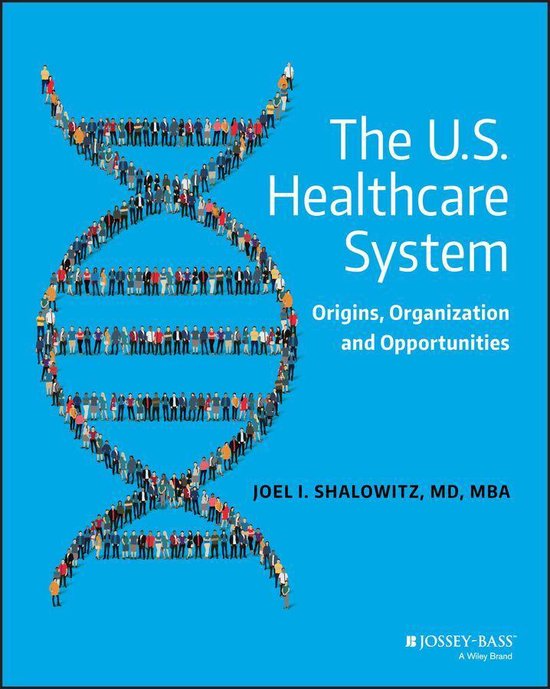 Bol Com The U S Healthcare System Ebook Joel I Shalowitz 9781118415399 Boeken
Bol Com The U S Healthcare System Ebook Joel I Shalowitz 9781118415399 Boeken
 Current U S Healthcare System Stakeholders And Their Basic Relationships Download Scientific Diagram
Current U S Healthcare System Stakeholders And Their Basic Relationships Download Scientific Diagram
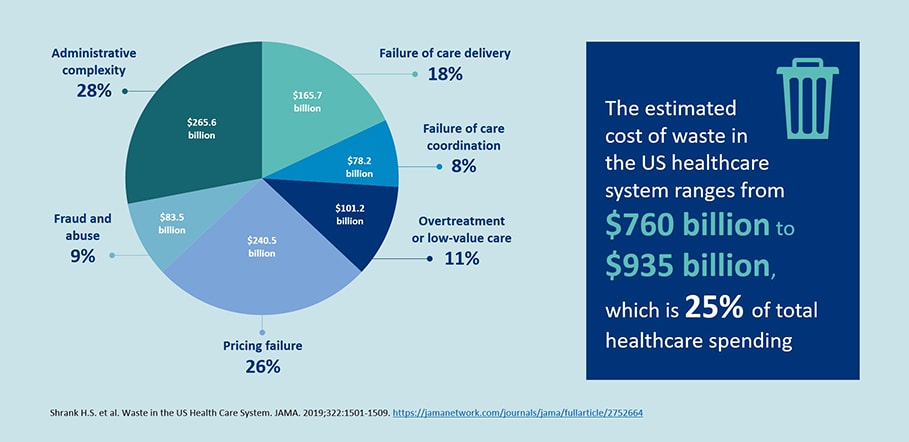 Moving Towards Value Based Care Will Covid 19 Accelerate Or Slow Down Transformation Blog Philips
Moving Towards Value Based Care Will Covid 19 Accelerate Or Slow Down Transformation Blog Philips
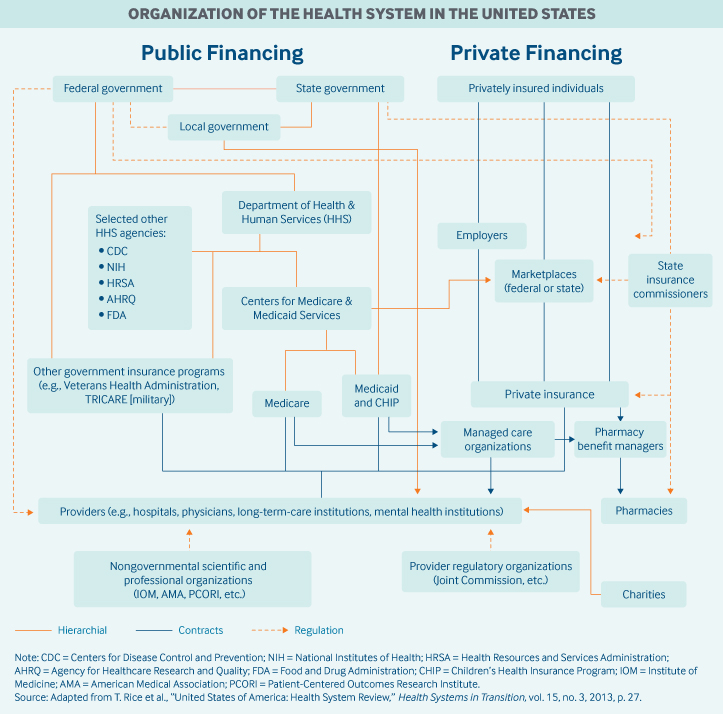 United States Commonwealth Fund
United States Commonwealth Fund
 Ppt Us Healthcare System Overview Powerpoint Presentation Free Download Id 1683679
Ppt Us Healthcare System Overview Powerpoint Presentation Free Download Id 1683679
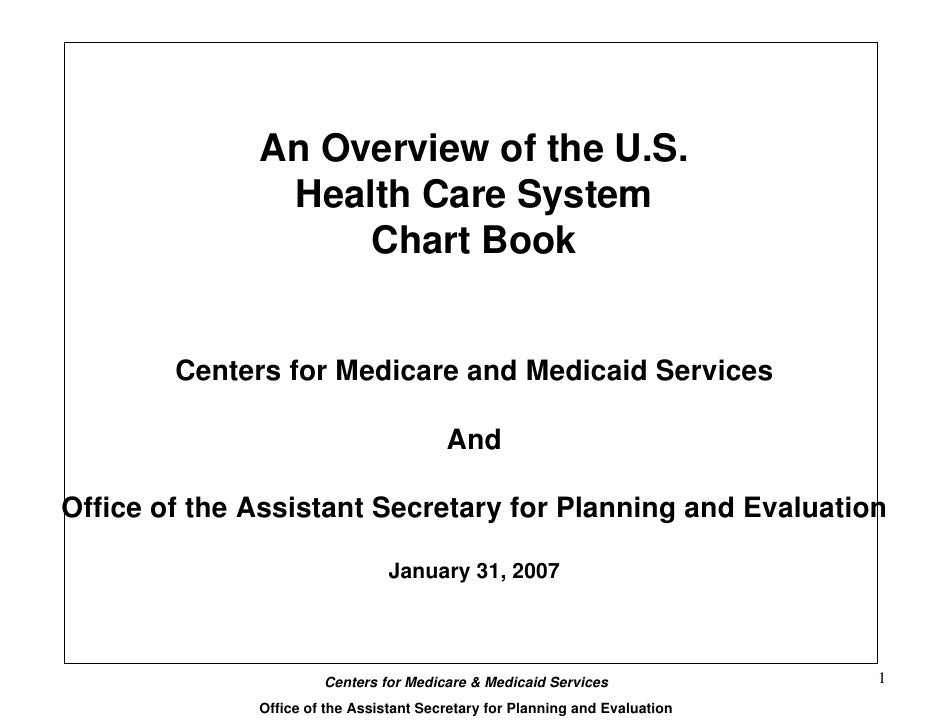 Overview Of Us Health Care System
Overview Of Us Health Care System
 The Healthcare System Of The United States Youtube
The Healthcare System Of The United States Youtube
 Overview Of The American Healthcare System
Overview Of The American Healthcare System
 Comprehensive Guide To U S Healthcare System 2016 Intersog Ehealth
Comprehensive Guide To U S Healthcare System 2016 Intersog Ehealth
 Overview Of The American Healthcare System
Overview Of The American Healthcare System
 Health Care In The United States Wikipedia
Health Care In The United States Wikipedia
 Online Essay Help Amazonia Fiocruz Br
Online Essay Help Amazonia Fiocruz Br
 Column Here S What S Wrong With The U S Health Care System Pbs Newshour
Column Here S What S Wrong With The U S Health Care System Pbs Newshour
 American Health Care System Overview Explained Bohatala
American Health Care System Overview Explained Bohatala
Comments
Post a Comment